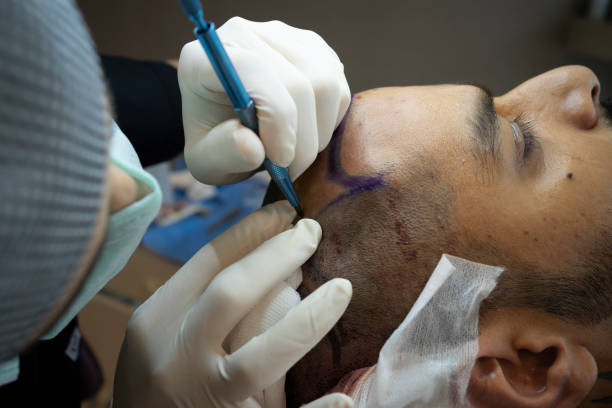
Table of Contents
Table of Contents
Alopecia is a highly prevalent disorder that affects people of all ages and genders worldwide. Genetics, medical conditions, nutrient deficiencies, and ageing are just a few of the variables that cause alopecia. It is usually not a severe health issue, but it can profoundly affect a person’s self-esteem and general well-being.
A surgical treatment called a hair transplant seeks to stimulate hair growth in balding or thinning areas of the scalp. The two main techniques for hair transplantation are follicular unit extraction (FUE) and follicular unit transplantation (FUT). In this post, we’ll discuss the most current methods and tools for hair restoration, along with their advantages, drawbacks, and expenses.
The donor site is where hair follicles are harvested, typically the back of the scalp. They are then inserted into the areas experiencing hair loss during the hair transplantation. This improves hair density and gives a more natural appearance.
Alopecia is a highly prevalent disorder that affects people of all ages and genders worldwide. Genetics, medical conditions, nutrient deficiencies, and ageing are just a few of the variables that cause alopecia. It is usually not a severe health issue, but it can profoundly affect a person’s self-esteem and general well-being.
A surgical treatment called a hair transplant seeks to stimulate hair growth in balding or thinning areas of the scalp. The two main techniques for hair transplantation are follicular unit extraction (FUE) and follicular unit transplantation (FUT). We’ll discuss the most current methods and tools for hair restoration in this post, along with their advantages, drawbacks, and expenses.
The donor site is where hair follicles are harvested, typically the back of the scalp. They are then inserted into the areas experiencing hair loss during the hair transplantation. This improves hair density and gives a more natural appearance.
The primary factor is obtaining hair follicles from the donor site to differentiate between follicular unit transplantation (FUT) and follicular unit extraction (FUE). In FUT, a strip of hair is taken from the donor site, usually at the back of the scalp, to obtain hair follicles, while FUE uses a micro-punch tool to extract individual hair follicles directly from the donor site.
The recovery process after FUT and FUE procedures is generally straightforward, with patients usually able to return to work within a few days after the procedure. However, the surgeon’s preference, the patient’s needs, and the required graft number determine the technique used. This article will discuss the latest techniques and technologies used in hair restoration and the risks, benefits, and costs associated with hair transplantation.
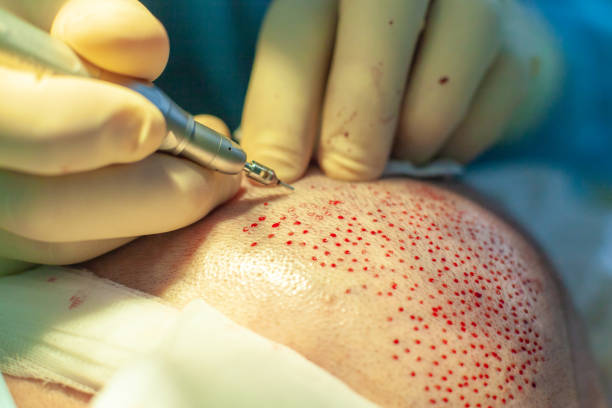
Hair transplantation surgery offers a distinct benefit of producing natural-looking outcomes. With the latest technology and advanced techniques, it can provide patients with a hairline that appears the most natural and improve hair density in bald or thinning areas.
Hair transplantation can enhance a person’s self-esteem and overall quality of life. For those who have encountered the effects of alopecia, having a full head of healthy hair can be a source of confidence and contentment.
Other non-surgical options for treating hair loss besides surgical hair restoration include medications and platelet-rich plasma (PRP) therapy. Finasteride and minoxidil are medications that can be used to slow down or prevent further hair loss. Meanwhile, PRP hair treatment is a procedure where a concentrated amount of the patient’s blood is injected into the scalp area to stimulate hair growth.
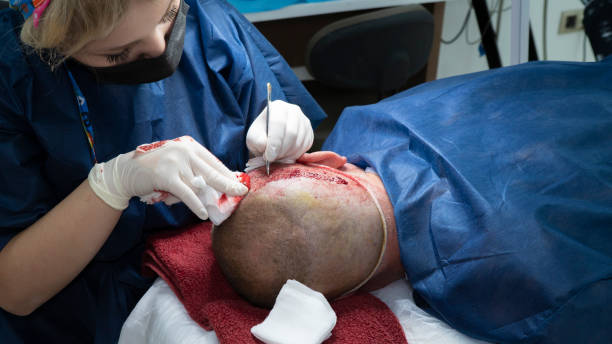
The candidate must have enough donor hair at the back of their scalp that can be transplanted to the balding or thinning areas. This is for a hair transplant to succeed. The patient should also be in good health and free from any underlying illnesses that could compromise the procedure’s success. For the technique to provide the intended results, certain prerequisites must be fulfilled. The surgeon will examine the patient’s scalp before the procedure to ascertain how many grafts will be required and to determine their compatibility. To guarantee the success of the project, it is imperative to pass through this evaluation.
Patients will meet with a specialist for a conference before medical procedure to go over the therapy’s dangers, benefits, and expenses. During the interview, the specialist will take a gander at the patient’s scalp to evaluate the quantity of unions required for the ideal outcomes.
The medical procedure might require a few hours, contingent upon the number of unions that are required. Patients will get a nearby sedative to numb the benefactor and beneficiary locales to guarantee they are agreeable all through the treatment.
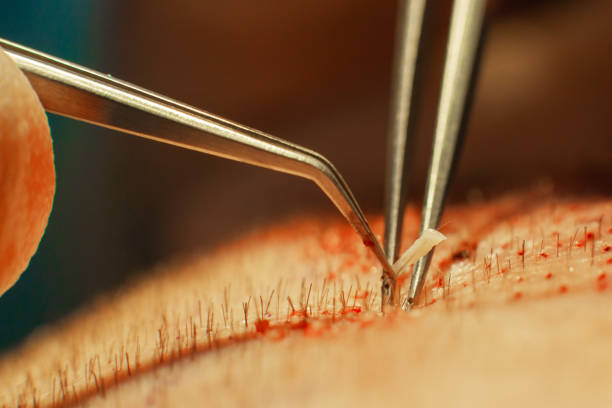
The healing process after a hair transplant is straightforward, and patients may usually resume regular activities in a few days. People should be aware that recovery times can vary, and it’s imperative to carefully adhere to the surgeon’s post-operative recommendations.
Patients could swell and feel uncomfortable after treatment, but these side effects can be controlled with painkillers and ice packs. Touch sensitivity may also exist on the scalp. For at least two weeks following surgery, patients are recommended to refrain from strenuous physical activity, including heavy lifting or bending.
The scalp must be kept dry and clean during healing. Patients are recommended not to wash their hair for at least 24 hours after surgery. They are also instructed to manage their hair gently when shampooing or brushing it in the weeks that follow.
To aid in healing and reduce inflammation, the surgeon may also suggest specific shampoos or lotions. Within a few months of surgery, patients can anticipate fresh growth, though recovery may take several weeks. It is critical to remember that hair growth after a transplant may occur gradually. The full effects of the procedure may not be apparent for a year.
Hair transplantation is a secure and effective way to address hair loss issues and produce natural outcomes. Nonetheless, it has possible dangers and adverse effects just like any surgical operation. Complications could include numbness, scarring, bleeding, and infections in the treated areas. If there are any risks or adverse effects associated with the treatment, patients should speak with their surgeon before the treatment begins.
There are a number of therapies for hair loss besides surgical hair transplants, including prescription drugs and non-invasive methods like platelet-rich plasma (PRP) therapy, scalp micropigmentation (SMP), and laser therapy. Each patient’s best course of action will depend on their degree of hair loss and medical history.
Male pattern baldness, sometimes referred to as androgenic alopecia, is the most typical cause of hair loss in men and women. Thankfully, patients with alopecia can achieve perfectly natural results with hair transplant surgery. Finding a hair transplant clinic with skilled medical professionals who specialize in surgical hair restoration is crucial while searching for one.
Several clinics provide methods for restoring facial hair in addition to scalp hair. In these operations, hair follicles are transplanted from the donor area to the facial hair area, giving the facial hair a fuller, more even appearance.
During a hair transplant, hair follicles are removed from the donor area, often located at the back of the scalp, and then transplanted into the areas of the scalp experiencing balding or thinning.
The whole surgery could take several hours, during which the patient receives a local anesthetic to guarantee comfort. The patient can anticipate individual results based on their genetic propensity and other medical circumstances, with the surgeon aiming to retain a perfectly natural hairline.
The two main techniques utilized in hair transplant surgery are follicular unit transplantation (FUT) and follicular unit extraction (FUE). The primary distinction between these two procedures is the method used to obtain hair grafts. When using FUT, a strip of hair from the donor area is removed and used to remove individual hair follicles.
In contrast, FUE uses a micro-punch tool to remove each hair follicle from the donor location directly. The ideal alternative will depend on the patient’s requirements and preferences, even if both techniques yield top-notch outcomes.
The number of grafts needed, the clinic’s location, and other considerations affect how much a hair transplant procedure costs.
The recovery process is typically straightforward, and patients can usually return to work in a few days. There may be a few incidental effects, such as swelling, redness, or expansion, but these typically go away within 14 days. New hair growth becomes apparent three to four months after the procedure, but the hair development interaction can take some time.
You must be a good candidate for the procedure to get a hair transplant.
This means having enough hair in the donor area to transplant to the areas that are balding or losing hair. For example, the back of the head is typically the preferred area for hair transplantation since there; the hair is less likely to thin out or become sparse. Also, people with conditions like hypertension or cardiac problems might not be eligible for hair transplant surgery.
Reputable hair transplant facilities with top-notch hair restoration procedures can be found in Toronto. Since most clinics are members of the College of Physicians and Surgeons of Ontario, patients are guaranteed the best possible care.
Alternatively, hair transplant in Turkey has become a popular choice for individuals seeking affordable and high-quality hair restoration. Known for its experienced surgeons and state-of-the-art clinics, Turkey offers procedures such as FUE (Follicular Unit Extraction) and DHI (Direct Hair Implantation) at a fraction of the cost compared to North America and Europe. Many clinics also provide all-inclusive packages with accommodation and transportation, making it a convenient destination for medical tourism.
Further hair restoration alternatives are offered by the Trichology Clinic in Toronto, including platelet-rich plasma (PRP) therapy, scalp micropigmentation, and other hair loss remedies. Patients who choose these solutions may see hair growth that appears natural and a natural hairline.
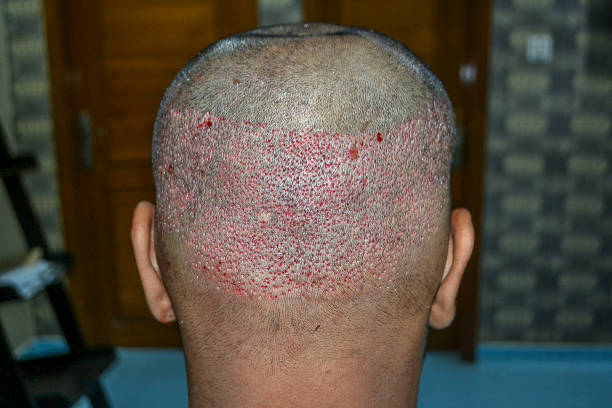
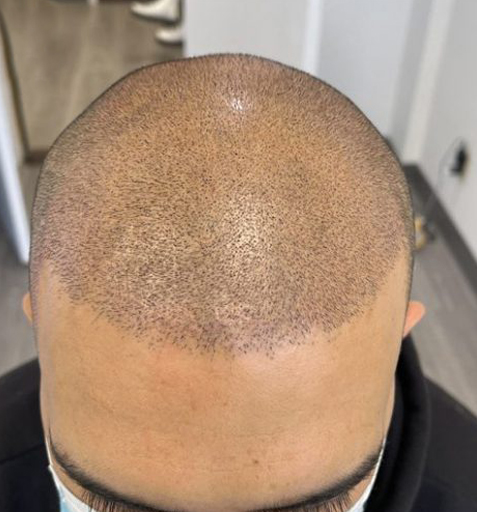

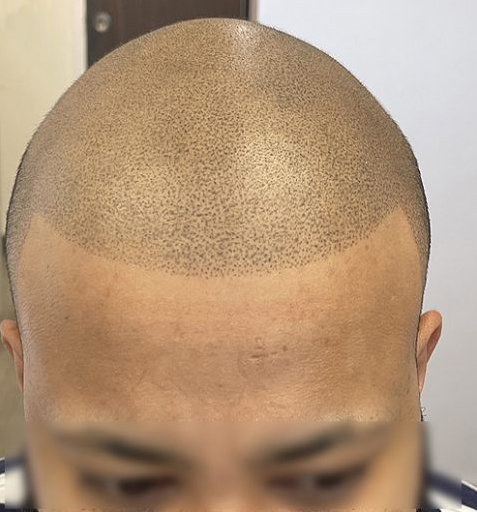



© 2024 HAIRTATTOO.CA | Scalp Micropigmentation & Trichology Centre
